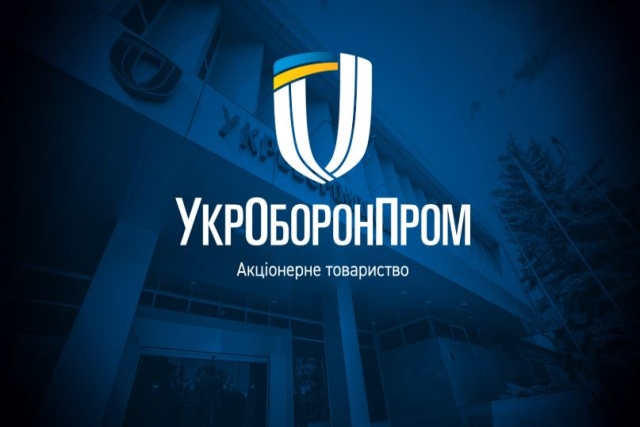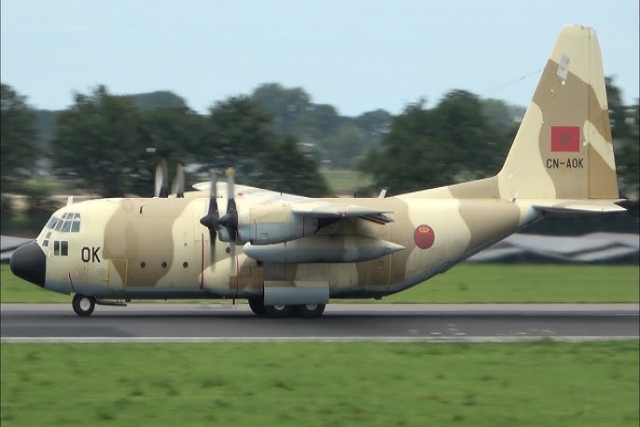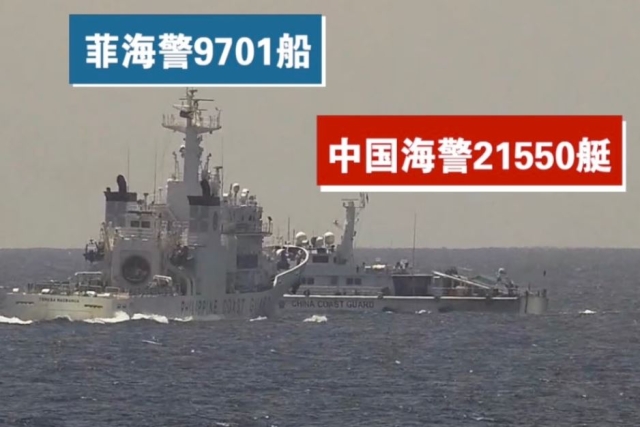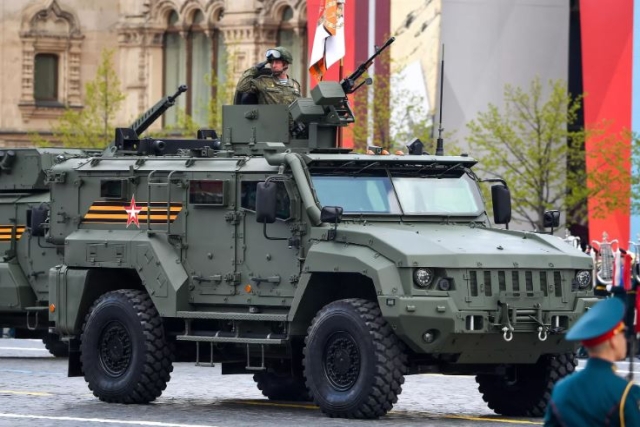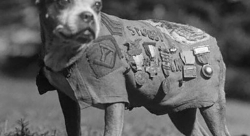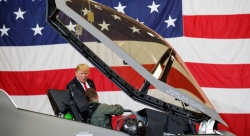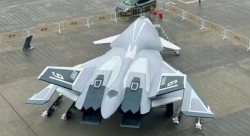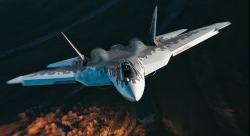India’s HAL in Lockheed Martin’s Aerial Refueling development team to extend F-16 range: Farnborough Air Show news
India’s Hindustan Aeronautics Limited (HAL) is part of a four nation team that has successfully developed an aerial refueling system to extend the range and loiter time of the F-16 fighter. The system has been tested to refuel F-16 fighters through DC-10 and IL-78 aerial tankers. According to Orville Prins, Vice President Business Development, India of Lockheed Martin, the Conformal Aerial Refueling Tank System
(CARTS) is another milestone in the long list of new capabilities planned to keep the F16 relevant for decades to come. The CARTS concept was initially developed as an LM Aeronautics research and development project to provide a new means of refueling the F-16 in-flight using a probe to mate with a tanker drogue. This program yielded an additional robust in-flight refueling capability for the
F16 to extend its combat range. The CARTS development, led by the Lockheed Martin Skunk Works, has been in the works since July 2007. The R&D project has been a successful collaboration between four companies from four nations:
Lockheed Martin is responsible for overall system engineering, integration, aircraft modification, and project leadership; HAL for CARTS tank design and probe integration; Flight Refueling Limited (UK) for the telescoping fuel probe design and integration; and Israeli Aerospace Industries Limited for technical consulting associated with the tank design. The Conformal Aerial Refueling Tank System is an adaptation to Conformal Fuel Tanks
(CFTs) which were an earlier F-16 growth enhancement that added significant range and loiter time without using an external stores station. The new capability was developed in response to stated needs from world-wide F-16 air forces. This project builds upon several years of conceptual studies and assessments of how to best provide a probe-and-drogue refueling capability for the F16 that is compatible with NATO-standard refueling equipment and procedures. The CARTS probe telescopically extends and retracts from a purpose-built right-side forward Conformal Fuel Tank. The right aft section and complete left-side conformal fuel tanks require no change.
The mechanically driven probe quickly extends the nozzle to its fully extended position just in front of the front pilot’s eye position. The probe tip location also is located to provide the appropriate clearances between the drogue basket and airframe. During refueling, the F-16 digital flight control law modes are changed to provide the pilot with the optimum flight control response for air refueling. Safety is enhanced through the use of the standard probe tip ‘weak link’ mechanical fuze which protects the CARTS and aircraft from extreme loads. The incoming fuel does not enter the fuel reservoirs within the conformal fuel tanks directly. Instead, the fuel is fed from the telescoping probe directly to the F16 refuel manifold, providing the highest possible flow rates and pressures. In essence, the aircraft does not ‘know’ whether it is being refueled by the probe-and-drogue system or the normal F-16 boom style refueling capability. This provides a robust in-flight refueling system that automatically delivers fuel directly to the proper tanks. The CARTS air refueling system offers simple and predictable aerodynamic performance in the probe and drogue environment. Because the probe is outside of the localized bow wave effects of the F-16, the basket exhibits little up-down and left-right movement during the approach to contact position. The result is a system that is very easy to employ from either seat. Additionally, the handling qualities differences are indiscernible with variation of airspeed, aircraft weight, and/or external store configuration. Such a carefree and stable refueling capability is not found in many other probe equipped fighters. With the refuel probe retracted, the F-16 returns to the its full operating envelope.
